Equipment
Korean Gadget Report: KIGOS, testing the new frontiers of golf
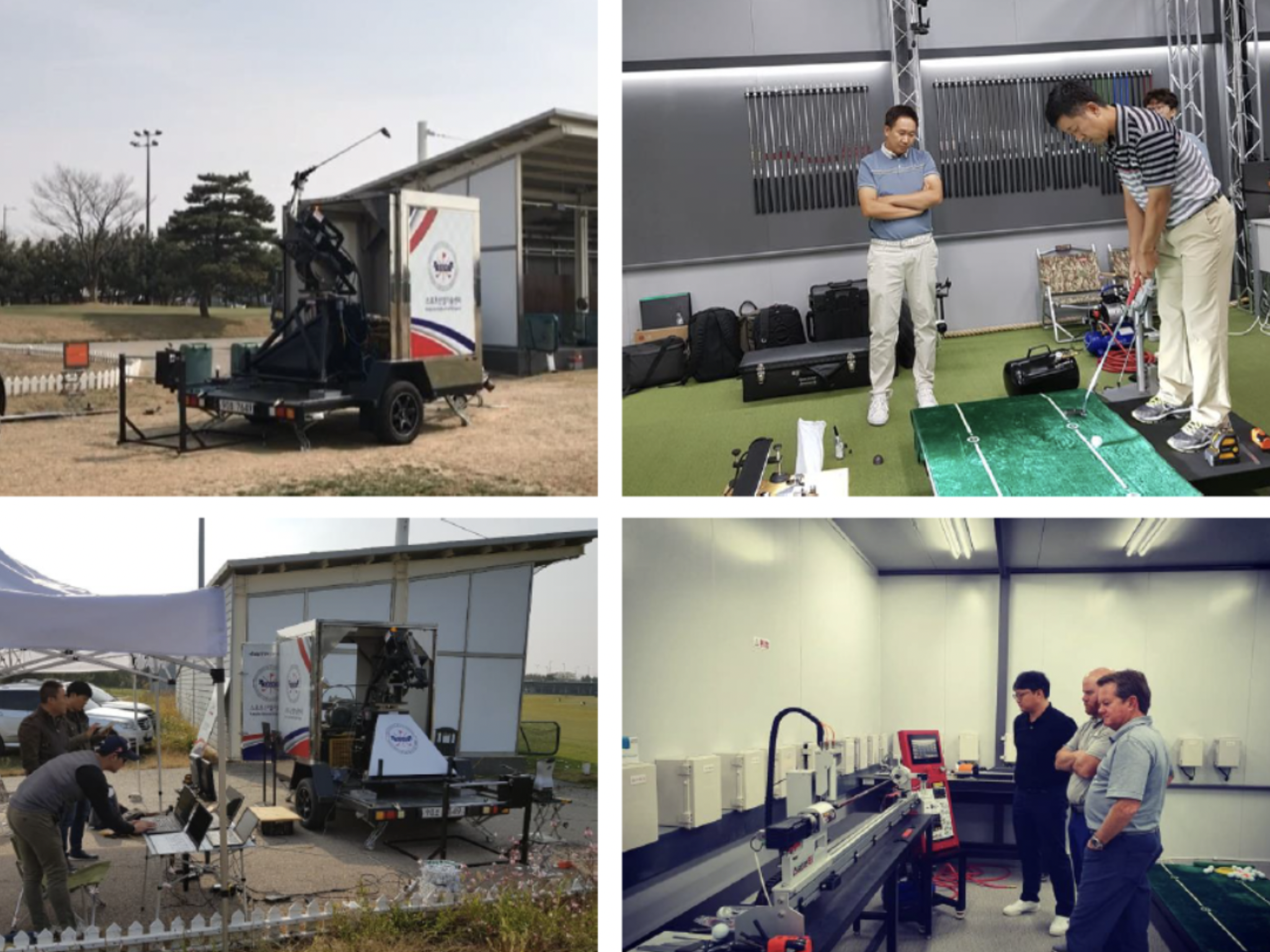
Like a lovesick fool for new golf equipment, I’ve always been into the latest and greatest advancements in golf club technology. As a kid, I hung on to every word of my golf heroes explaining how their newest club and ball increased distance and accuracy. One of my fondest memories was saving up for the Fred Couples Boom Boom driver and how nervous I felt buying and sneaking it across the border into Canada. Those were the good ol’ days.
In college, I remember seeing golf magazine ads for new clubs with phrases like “tested by a third-party golf laboratory” printed on the bottom. The “unbiased” aspect of the data added an extra layer of trust for the products, and I opened my wallet many times to those as well.
More recently, I noticed that similar ads now show data from their own in-house tests rather than from a third party. Maybe that’s why I’ve never seen any ads touting the previous models to be better than the new ones.

Korea Institute of Golf & Sports has tested some amazing stuff over the years, but even they were surprised on this particular day.
My question is, where can we turn to now when we need objective information to gauge our next potential golf purchase? If you’re like me, you probably search the web and click on certain popular YouTube channels that are always ready with an opinion. Fair enough, since
I also do my fair share of such reviews. At the same time, I also recognize that my own reviews are just one of the countless many and by no means definitive. In other words, who keeps the manufacturers and golf-related companies true to their claims about their products?
I don’t know about the rest of the world, but somewhere within the halls of the Korean government, the powers that be decided to lend us golfers here a helping hand.
Iron Byron, Meet KIGOS
The Korea Institute of Golf & Sports (KIGOS) was established in 2013 with the support of the Ministry of Trade, Industry & Energy and the Incheon Metropolitan Government. What’s that, you say? The government splurging on cutting-edge equipment and facilities to help out average golfers?
As strange as it sounds, the bigger picture actually makes sense. Armed to the teeth with nearly every advanced golf testing equipment, including a state-of-the-art swing robot, the goal of KIGOS is to help Korea improve its competitiveness in all areas of golf, as well as to foster the domestic growth of golf-related trade and industries.

KIGOS is equipped with the latest tech to test all golf equipment, including 3D swing analysis.
Before KIGOS, it was reportedly difficult for importers to verify the quality of golf equipment sourced from overseas. To protect the Korean market and consumers, the newly formed institute was commissioned to test the incoming equipment. From there, KIGOS quickly became the authority on performance evaluations and verifying the validity of the claims made by golf brands and products.

Kwang-Hyuk Kim, Head of Research at KIGOS
In addition to testing inbound golf equipment, KIGOS also helps provide invaluable R&D support and infrastructure to domestic golf-related companies, who otherwise wouldn’t be able to compete with the bigger global brands. In fact, KIGOS has worked with every major golf brand and a good number of new ones year after year, each looking for the same thing – unbiased data validation and the opportunity to add “tested by KIGOS” to their product resume.
“We’ve had many products from all brands big and small tested here over the years. Still, we adhere to several strict policies before we agree to be commissioned. In particular, we decline those who seek to compare with and undermine another brand’s product or image. Our goal is to be unbiased and neutral and to help improve product quality and performance by providing objective data-driven facts.” – Kwang-Hyuk Kim, Head of Research at KIGOS

GEARS GOLF system is on the cutting edge of 3D Swing Analysis
KIGOS on human performance
In addition to testing golf equipment, KIGOS also helps foster the next generation of young golfers. Working closely with the KJ Choi Foundation, SNAG (Starting New at Golf) Golf Association, universities, and the media, KIGOS hosts various golf academies, seminars, and golf events for future stars of the game.
Kim was also instrumental in the development of GEARS GOLF system, which came about as a result of years of research working with golfers of all skill levels. It is the world’s first system to measure the actual movement of a golf shaft throughout the entire swing by combining the swing robot with an advanced 3D analysis system.

Junior golf program is one of the key focus areas of KIGOS
One GEARS participant who stands out is Jin-young Ko, the former world #1 ranked LPGA superstar. Before leaving to join the LPGA as a full-time member in 2017, Ko and her coach sought to analyze her swing in detail to gain an edge with the long hitters on tour.
With the help of GEARS, they were able to identify and focus on her already formidable iron play and honed it even further. As a result, Ko won the 2018 Rookie of the Year honors and went onto become the No. 1 golfer in the Women’s World Golf Rankings in April 2019.
In total, she has spent more than 150 weeks at the top, including her longest continuous stretch for nearly two years from July 2019 to June 2021, making her one of the longest- reigning top players in women’s golf history.
Kim confided that several more top-tier athletes have been inquiring about the program recently, including some well-known names from the biggest tours. For confidentiality, I can’t drop any names but it would be interesting to see if the players do well in the upcoming season.

Panning for Gold
I have visited KIGOS several times over the years to participate as an observer in various golf equipment testing. It is always an eye-opening experience to see the amazing array of machines in action, but none more impressive than the 4PT swing robot. There are only two of its kind in Korea, and Kim explained that the robot is extremely reliable for testing due to its ability to repeat the same swing at any speed – something that cannot be done by human golfers.
On this day, Kim was commissioned to test a new golf shaft to verify its claims of increased accuracy and shot dispersion. He was joined by Mr. Yong-Ho Jeung from Golf Mechanix Korea, who was on hand to analyze the EI/stiffness profile of the new shaft.
I’d actually written about the MetaFlex line of shafts by SJ Golf Lab late last year and was familiar with their carbon bending technology (CBT).
For a quick summary, the MetaFlex shaft and its CBT tech feature a unique manufacturing process to control how firm a shaft feels at impact. As unusual as it sounds, the shaft does feel softer than an R-flex but stiffens considerably at impact like an S- or X-flex shaft. (Read more about MetaFlex here)

Yong-Ho Jeung, general manager at Golf Mechanix Korea, measuring the EI/stiffness profile of MetaFlex shaft
While waiting for the expensive profiler to complete its analysis on the shaft, I made small talk with Kim about his most memorable test to date. “To be honest, nothing really fazes us much since most items that come through are slight improvements or variations of existing tech or methods. It’s like panning for gold. More often than not, you’re not going to find any.
On the other hand, there were many that didn’t live up to the manufacturer’s claims. In those cases, we present the data to the manufacturer and it’s up to them to decide whether or not to divulge or market the findings.”
Kim also shared a story from several years ago where a well-known OEM made performance claims of their new golf balls in terms of improved spin and distance. The test results, however, didn’t quite back it up. Fortunately for the company, they wisely chose to change the narrative and focused on the accuracy aspect, for which the new ball showed a slight improvement over its predecessor. “It was one of many instances where we helped both the company and the golfers save time and money by assessing the product correctly,” Kim said wryly.
Shaft testing 101
It was a first for me to see how a shaft is tested for shot dispersion.
According to the manufacturer, their CBT technology dynamically reins in the shaft from over-flexing through impact, thereby significantly reducing the dreaded duck hook misses to the left. This is a very bold statement as they are practically claiming to have solved the problem of distance-accuracy trade-off; something that I didn’t believe was possible.
Following their test protocol, Kim explained that the shaft is fitted into a TSR2 driver head and affixed to the swing robot. The robot is then set to deliver the club head at 95mph (average amateur swing speed) with zero attack angle at impact. Finally, the setup is further calibrated to hit the ball repeatedly out of the center of the clubface with zero dispersion from the center line.

At three different club head speeds, the clubface remained square at impact.
Once the baseline is set, the club head speed is increased by +7mph (at 102mph) to measure how the increased speed affects shot dispersion to the left. Likewise, the speed is then decreased by -7mph (at 88mph) to measure the amount of deviation to the right. The total shot dispersion value is determined by adding the left and right deviation averages (a total of five shots at each speed) together.
During the calibration process, I inquired Kim as to what a “good dispersion” would look like. Obviously, the more “accurate” the shaft, the smaller the total left/right dispersion would be.
Nonetheless, Kim predicted with no uncertainty that this particular shaft would also show dispersions to either side of the center line, just as every shaft they’d ever tested at KIGOS.
An exception to the rule?
To the collective amazement of the room, the driver and shaft combo did not show any dispersion to the left, even at the higher club speed. In fact, the dispersion actually decreased as the club speed increased. Kim had to check the swing robot to make sure what he witnessed was real. We even had the robot increase the club speed up to 115mph to force a left miss. Incredibly, the dispersion numbers still showed nothing left of the center line and only +80cm to the right for the tightest dispersion we saw that day.

No left dispersion at three different speeds – the first of such results from KIGOS shaft tests.
To illustrate how incredulous these results are, suppose that you are testing a new car in wet road conditions to see how long it takes for the car to stop completely. Given that all conditions remain the same, it is logical to expect a faster-moving car to skid longer than a slower-moving one. But now imagine the fastest car moving at 102mph stopping at half the distance it took for the 95mph car to stop, still, even less than that the 88mph!
The blatant incongruity of the data was stunning, to say the least, and left us to speculate on how it happened. It was Kim who summarized it as below, though he was also careful not to go out on a limb in describing what he saw.
“Before the test, I had doubts about their claims as they were contrary to what we have seen so far in all of our previous tests. But the shot dispersion results with this particular shaft are totally unexpected, to say the least. For certain, we’ll need more tests before we can determine anything with finality, but I will say that my current understanding of how a shaft can behave during the swing may have been incomplete.” – Kwang-Hyuk Kim, Head of Research at KIGOS
Interestingly, Jeung at Golf Mechanix thought that perhaps the new shaft manufacturing methods may have outpaced the current methods and tools of shaft analysis. He also hinted that maybe the distance-accuracy dilemma was never an issue, but that we just hadn’t found a way to overcome it until now. In any case, both Kim and Jeung came away from the test with more questions than answers. As for me, I was happy to have been there when it went down and looking forward to see what implications the results may have on the future of shaft manufacturing. What do you all think? I’d love to hear from the many shaftoids out there who can shine a light on this subject by dropping me an email.
What lies ahead
It’s not every day that the folks at KIGOS get excited about something new they haven’t seen before. I later received news that the findings were shared with the academic community here and a team of professors in mathematics, physics, material engineering, and sports kinesiology have gathered to further delve into the findings.
In this manner, I think KIGOS more than lives up to its purpose of helping Korean golf develop in ways that would not be possible in the private sector.

Lastly, KIGOS has plans to expand its research and testing capabilities to invite even more golf-related companies to visit their facilities. Whether you’re an athlete, a golf brand start-up, or already with a bigger golf company, KIGOS can be the break you’re looking for in getting your brand on the map. Oh, and in case you happen to commission them to test anything, please also be sure to invite me. You never know when the next new frontier of golf will unfold, and I’d love to be a part of it when it does.
For more info, visit their official site.
Equipment
BK’s Breakdowns: Cameron Young’s winning WITB, 2025 Wyndham Championship

Cameron Young’s WITB from his win at the 2025 Wyndham Championship. Cameron is a Titleist staff player but his bag is definitely filled with some unique clubs. Here are the clubs he used to secure his first PGA Tour win!
Driver: Titleist GT2 (9 degrees, A1 SureFit setting)
Shaft: Mitsubishi Tensei 1K Pro Orange 70 TX
3-wood: Titleist GT3 (15 degrees)
Shaft: Mitsubishi Tensei 1K White 80 TX
Hybrid: Titleist GT2 (21 degrees)
Shaft: Fujikura Ventus HB Black VeloCore+ 10 X
Irons: Titleist T200 (4), Titleist T100 (5), Titleist 631.CY Prototype (6-9)
Shafts: True Temper Dynamic Gold X7 (4-9)
Wedges: Titleist Vokey Design SM10 (48-10F, 52-12F, 56-14F @57), WedgeWorks (60-K* @62)
Shafts: True Temper Dynamic Gold X7
Putter: Scotty Cameron Phantom 9.5 Tour Prototype
Grips: Golf Pride Tour Velvet Cord
Ball: Titleist Pro V1x Prototype
Whats in the Bag
Peter Malnati WITB 2025 (August)
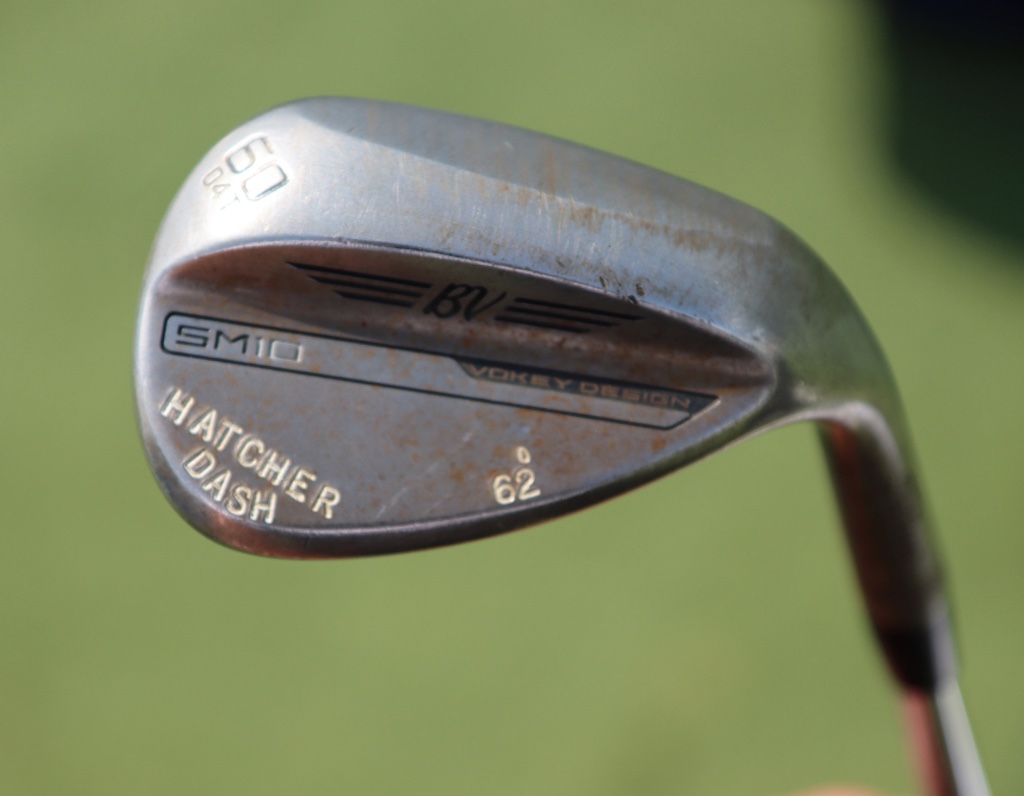
- Peter Malnati what’s in the bag accurate as of the Wyndham Championship. More photos from the event here.
Driver: Titleist GT3 (10 degrees, C2 SureFit setting)
Shaft: Project X Denali Blue 60 TX
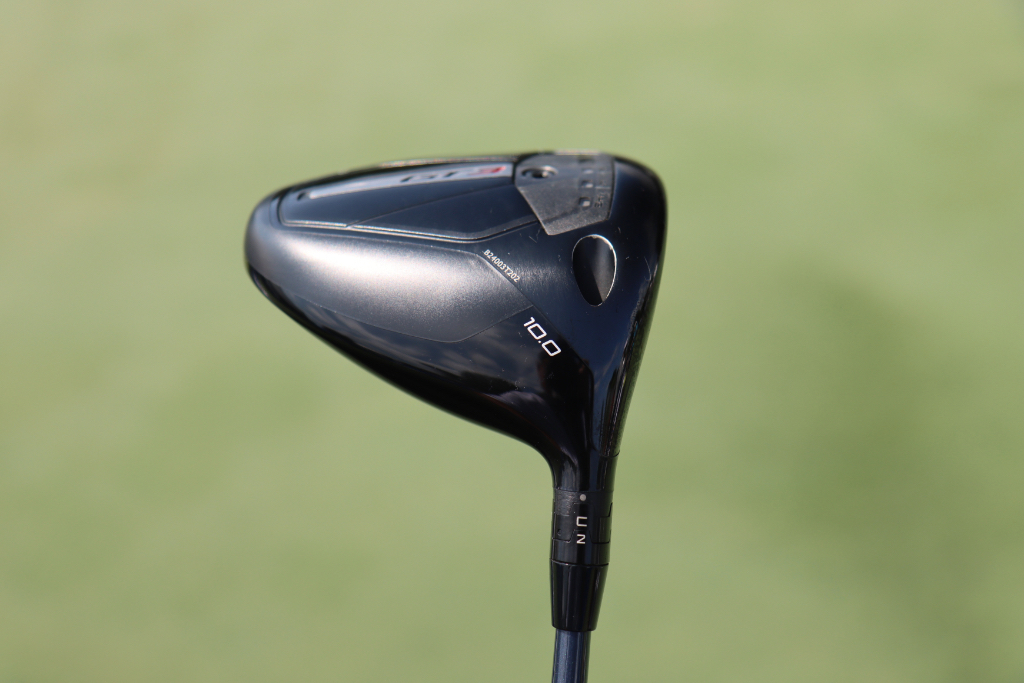

3-wood: Titleist GT3 (15 degrees, A1 SureFit setting)
Shaft: Fujikura Ventus TR Blue 7 X
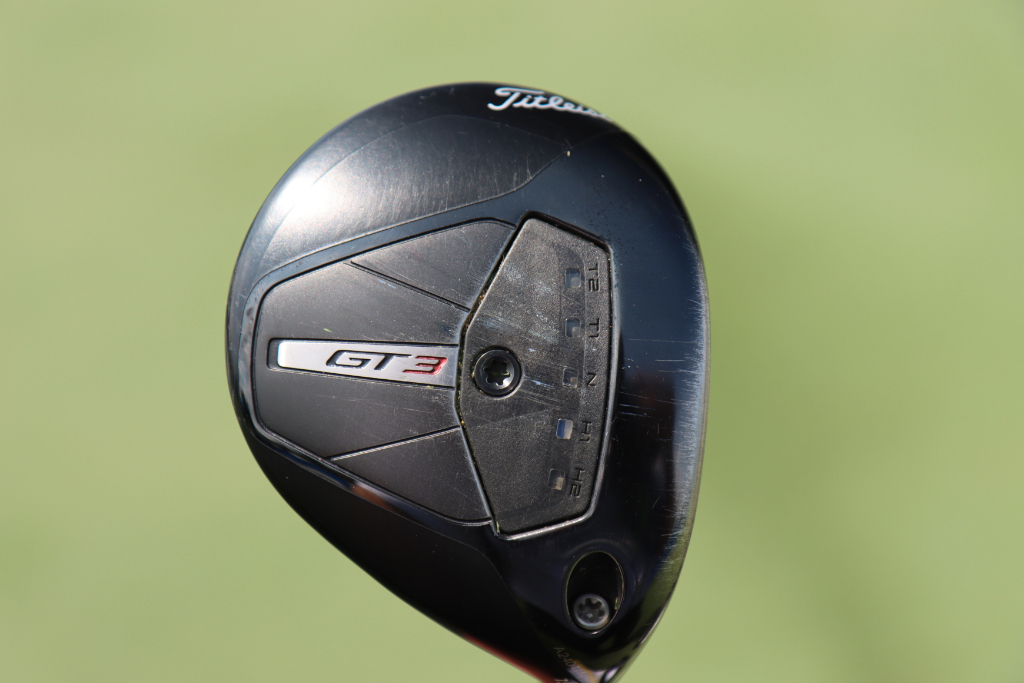
7-wood: Titleist GT2 (21 degrees, D1 SureFit setting)
Shaft: Fujikura Ventus TR Blue 8 X
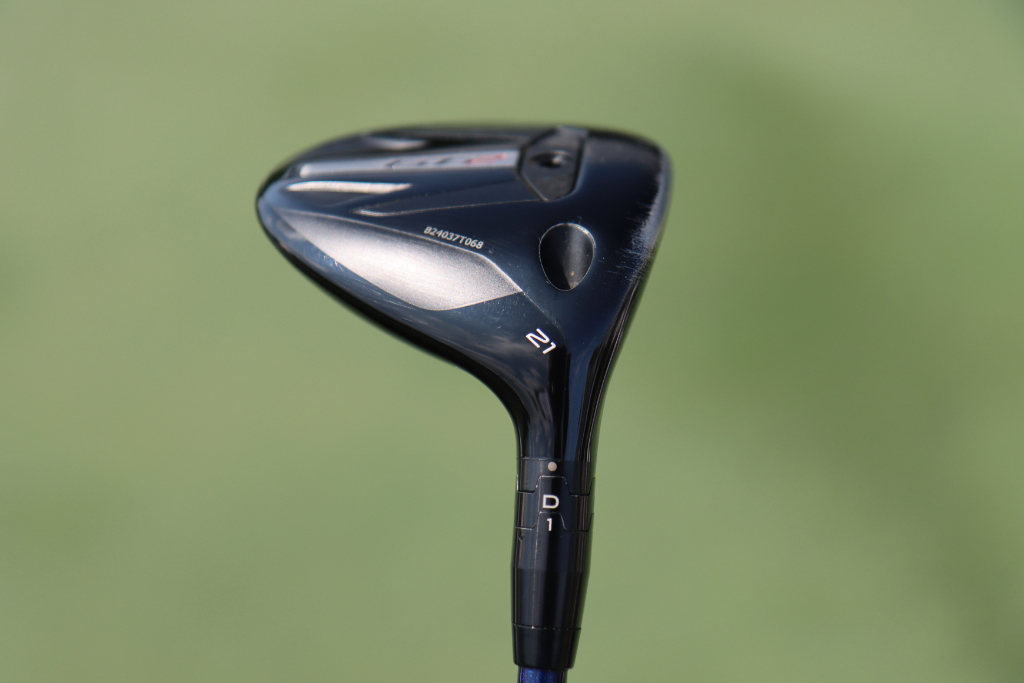
Irons: Titleist T150 (4, 5), Titleist T100 (6-9)
Shafts: True Temper AMT Tour White X100
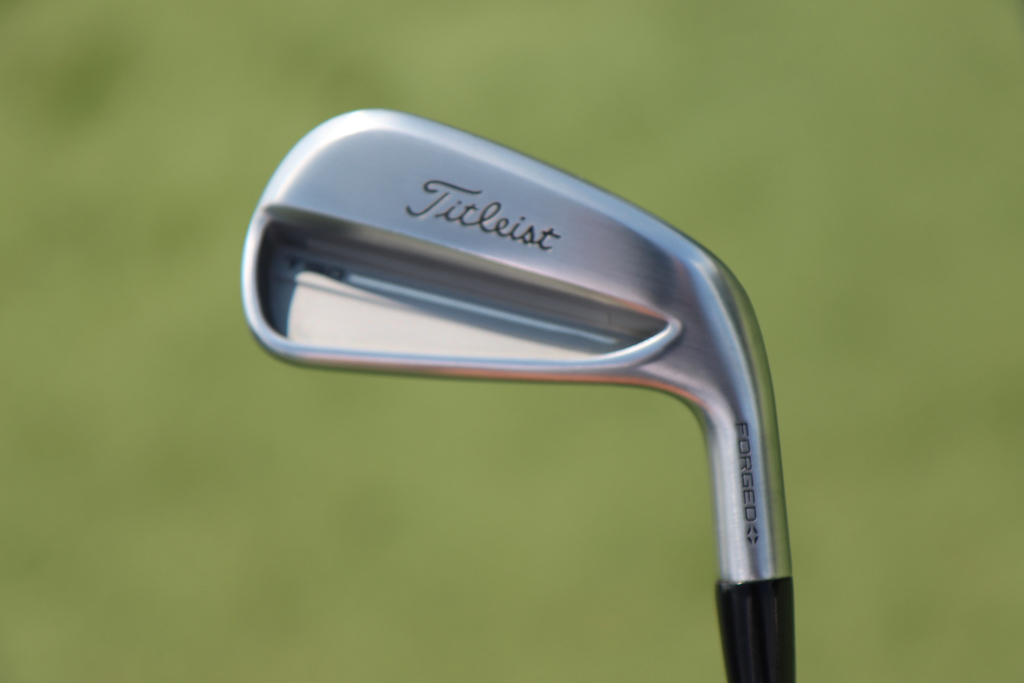
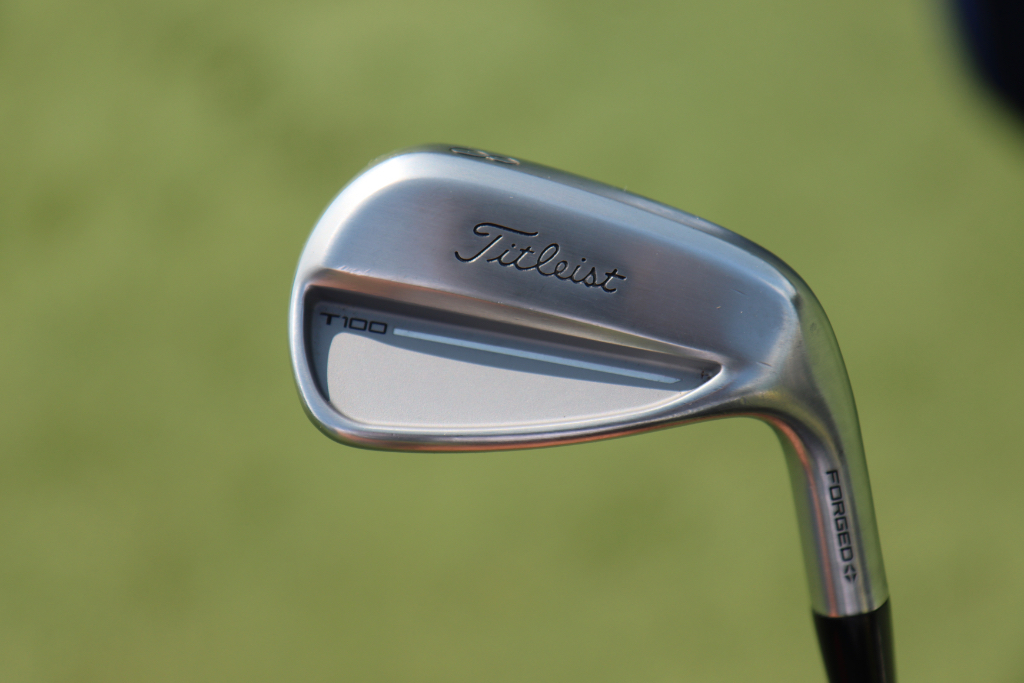
Wedges: Titleist Vokey Design SM10 (48-10F @47, 52-12F, 56-08M @57, 60-04T @62)
Shafts: True Temper Dynamic Gold Tour Issue S400
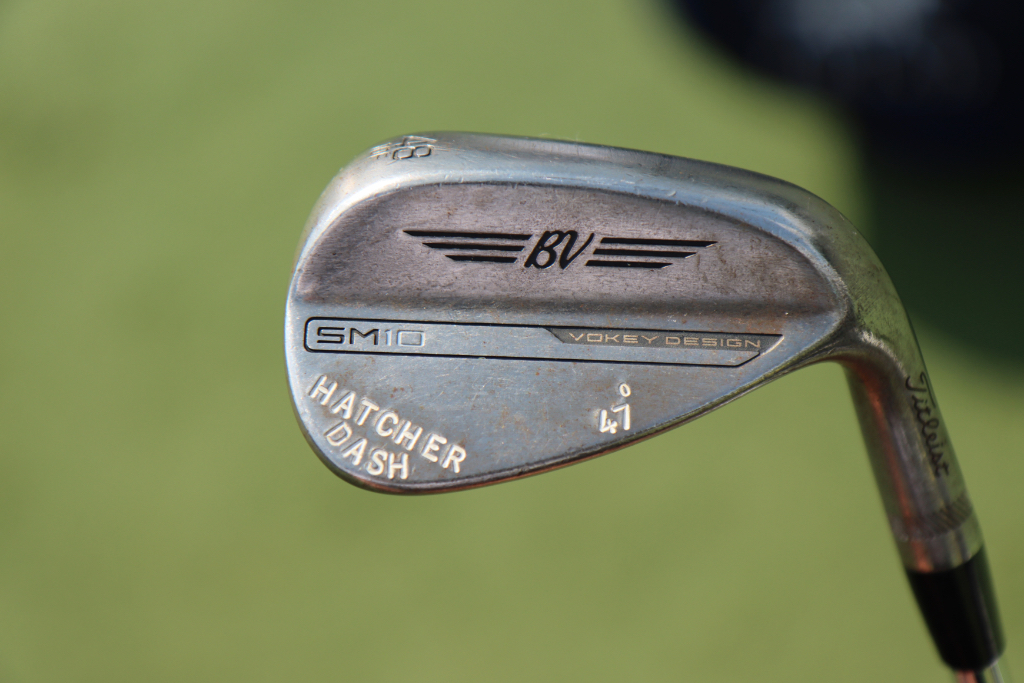
Putter: Scotty Cameron Studio Style Fastback 1.5 Tour Prototype
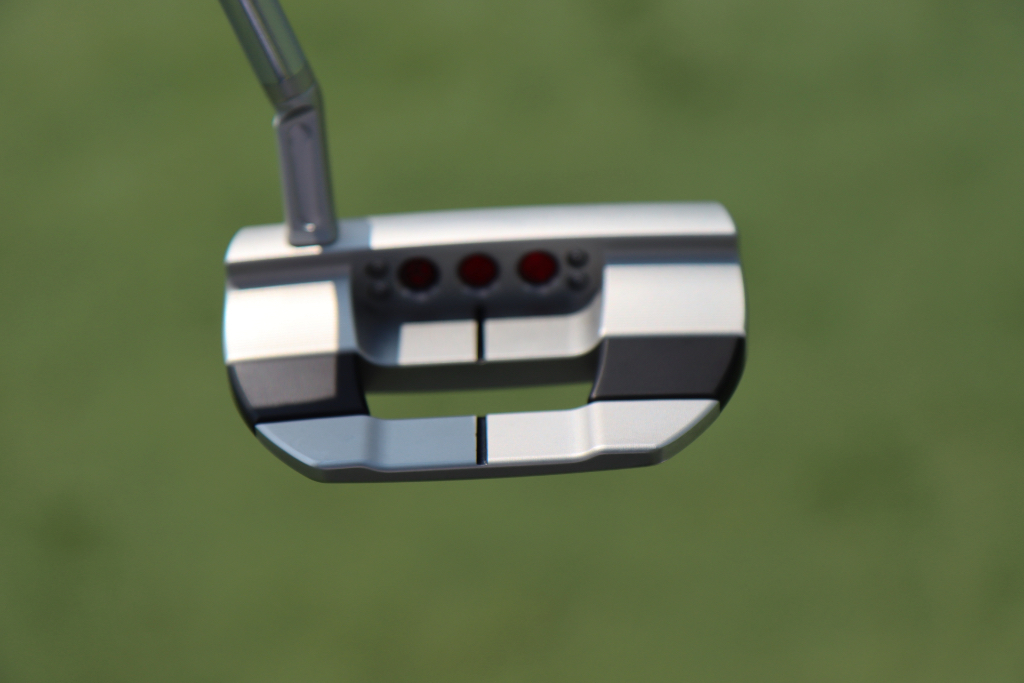
Grips: Golf Pride Tour Velvet
Ball: Titleist Pro V1x Yellow
Equipment
GolfWRX Members Choice presented by 2nd Swing: Best driver of 2025

We’re proud to once again partner with 2nd Swing Golf to bring you GolfWRX Members Choice 2025! 2nd Swing has more than 150,000 new and pre-swung golf clubs available in six store locations and online. Check them out here.

What is the best driver in 2025? At GolfWRX, we take great pride in our online community and the cumulative knowledge and experience of our members. When it comes to the best driver of 2025, we want to know what our forum faithful think.
Since our founding in 2005, the bedrock of GolfWRX.com has been the community of passionate and knowledgeable golfers in our forums, and we put endless trust in the opinions of our GolfWRX members — the most knowledgeable community of golfers on the internet. No other group of golfers in the world tests golf clubs as frequently or as extensively, nor is armed with such in-depth information about the latest technology.
Below are the results of GolfWRX member voting for the 2025 best driver, along with the vote percentage for each club.
Best driver of 2025: The top 5
5. Callaway Elyte Triple Diamond: 6.02%
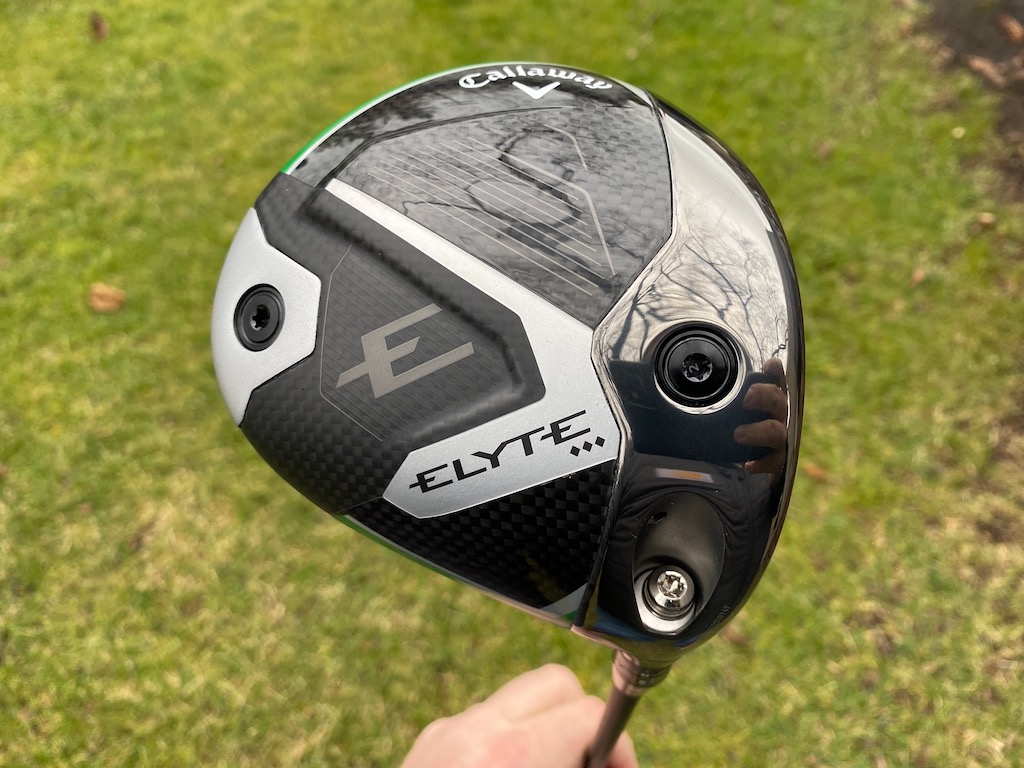
Callaway’s pitch: “For golfers looking for a fast, forgiving, yet workable driver, the Elyte Triple Diamond features a tour-inspired shape and is the preferred model by most Callaway tour players.”
You can read what other golfers are saying about the driver in the GolfWRX forums, and see our launch piece here. Shop the Callaway Elyte Triple Diamond here.
4. Ping G440 Max: 6.86%
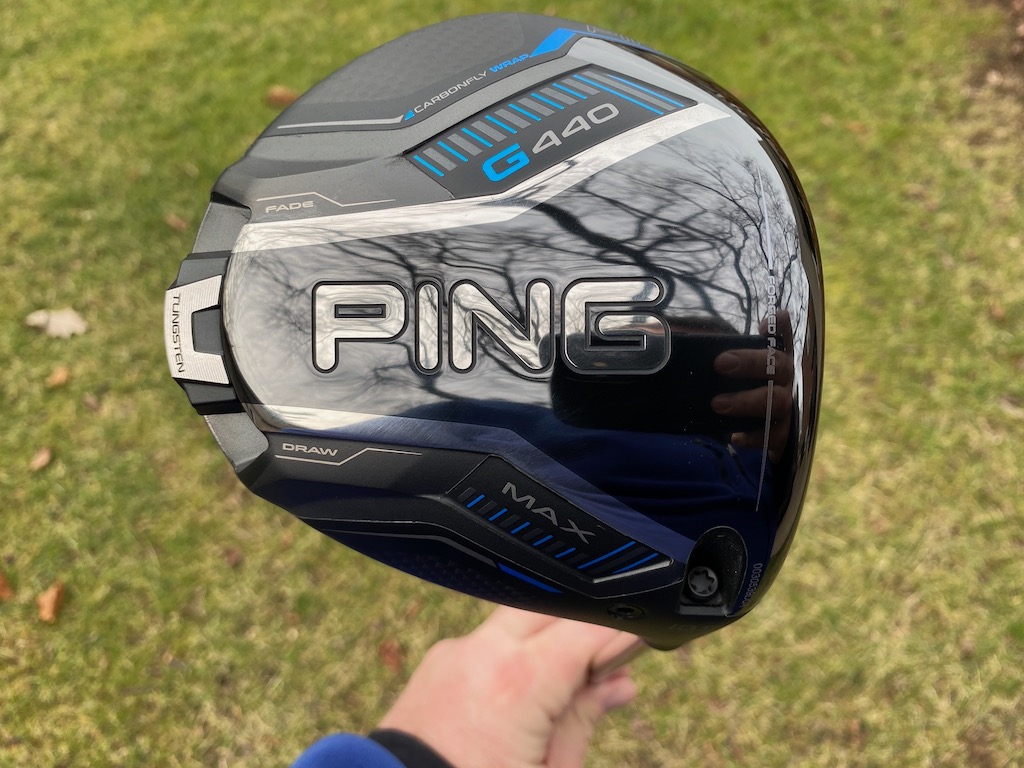
Ping’s pitch: “The most forgiving G440 model, MAX has a hotter face to generate speed and distance, and a lighter overall system weight with a longer shaft (46″) for faster clubhead speed, higher launch and longer carries. The Free Hosel and Carbonfly Wrap crown save weight to create our lowest CG ever and increase forgiveness while contributing to a more muted, pleasing sound.”
You can read what other golfers are saying about the driver in the GolfWRX forums, and see our launch piece here. Shop the Ping G440 Max here.
3. Ping G440 LST: 9.53%

Ping’s pitch: “LST is an especially good fit for faster swings, offering less spin and more control with a penetrating trajectory. A hotter face, lighter overall system weight and longer shaft (46″) deliver more speed and distance while maintaining tight dispersion.”
@phizzy30: “Not a fan of Ping drivers in general, but 440 LST takes the cake. It’s super forgiving across the face for a low spin head, looks and sounds good and the ability to make it play neutral or slightly fade biased through the hosel settings is very appealing.”
You can read what other golfers are saying about the driver in the GolfWRX forums, and see our launch piece here. Shop the Ping G440 LST here.
2. Titleist GT3: 16.55%
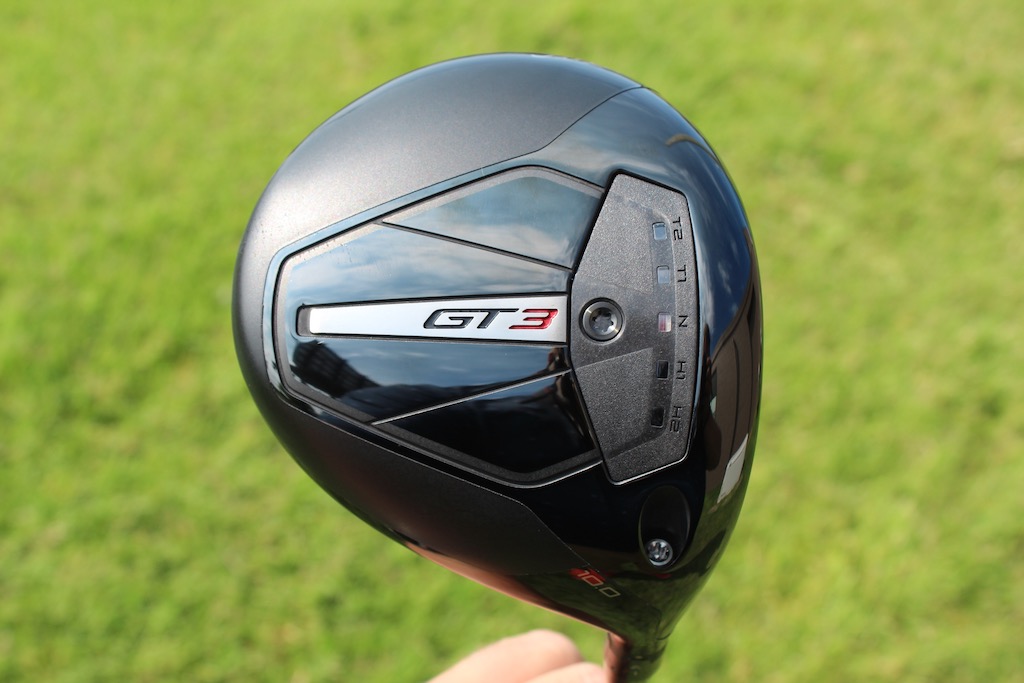
Titleist’s pitch: “The GT3 Driver offers Titleist’s boldest combination of power and personalization through adjustable performance. Dial in the CG Track to your frequent contact location to make your biggest drives even bigger while taking total control over flight and shaping.”
@mrmikeac: “I’ve been Anti-Titleist for years and years and years (outside of Vokey, of course). With that being said, HOLY BEGEEZUS the GT3 driver is an absolute NUCLEAR MONSTER! This thing blew my G430 10K Max out of the water in every single category. Forgiveness is the biggest thing that stands out of me, the 3 model has always been one of the less forgiving models in the past but this GT3 can take bad shot after bad shot and still end up in the fairway, I think a ton of that has to do with the adjustability, it’s actually effective. Feel and sound is perfect, that solid crack is so addicting to hear and when you hit it out the screws this thing can absolutely bomb it. Titleist, I’m sorry for doubting you. You have converted me.”
You can read what other golfers are saying about the driver in the GolfWRX forums, and see our launch piece here. Shop the Titleist GT3 here.
1. Titleist GT2: 22.91%
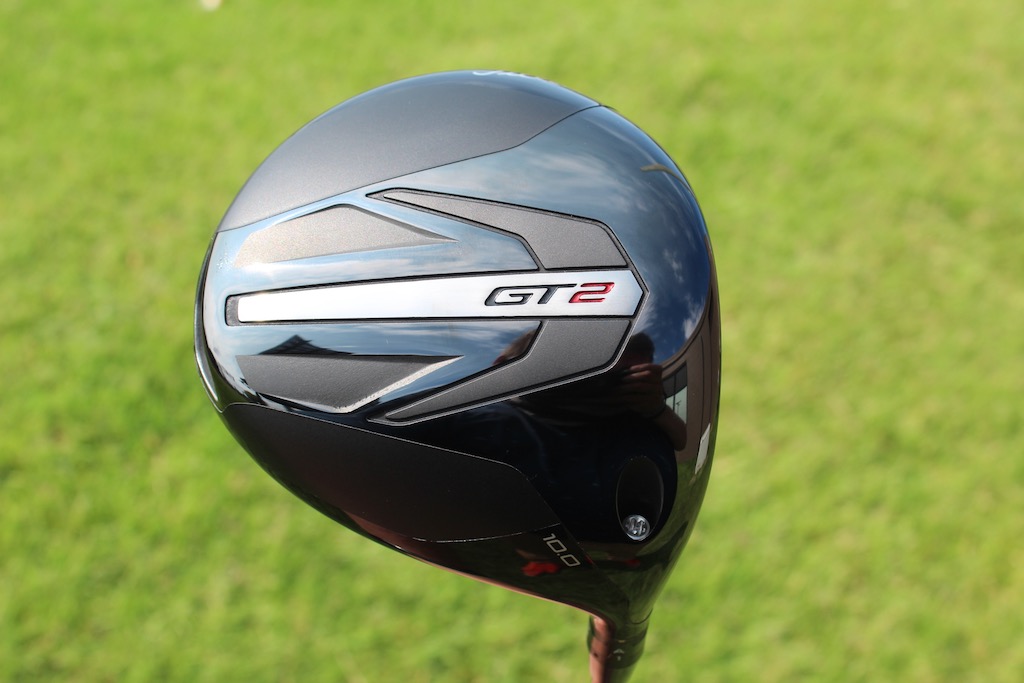
Titleist’s pitch: “Delivering impressive distance from any impact point, the Titleist GT2 Driver extracts maximum performance through a forgiving design. Get the stability and added confidence of a high-MOI driver without sacrificing speed.”
@DTorres: “The Titleist GT2 has proven to be the best driver of the year. Packaged in a classic profile, GT2 perfectly balances performance and forgiveness while consistently being a high performer across all categories.”
You can read what other golfers are saying about the driver in the GolfWRX forums, and see our launch piece here. Shop the Titleist GT2 here.
Other drivers receiving >2% of the vote
| Driver | Vote percentage (%) |
|---|---|
| Cobra DS Adapt Max K | 4.85% |
| Ping G430 Max 10K | 3.85% |
| Callaway Elyte Triple Diamond | 3.68% |
| TaylorMade Qi35 | 3.51% |
| Callaway Elyte | 3.18% |
| Cobra DS Adapt X | 2.34% |
| Cobra DS Adapt LS | 2.17% |
| TaylorMade Qi35 LS | 2.17% |
View this post on Instagram




















L
Oct 25, 2024 at 11:47 am
What’s the weight of the Metaflex shaft? At what dynamic lie does the robot swing?
KoreanGolfer
Oct 25, 2024 at 7:55 pm
Check their shaft specs and results of the test here: http://freeflexshaft.com
James
Oct 26, 2024 at 9:30 am
Check their page at http://freeflexshaft.com for the full test results and specs.